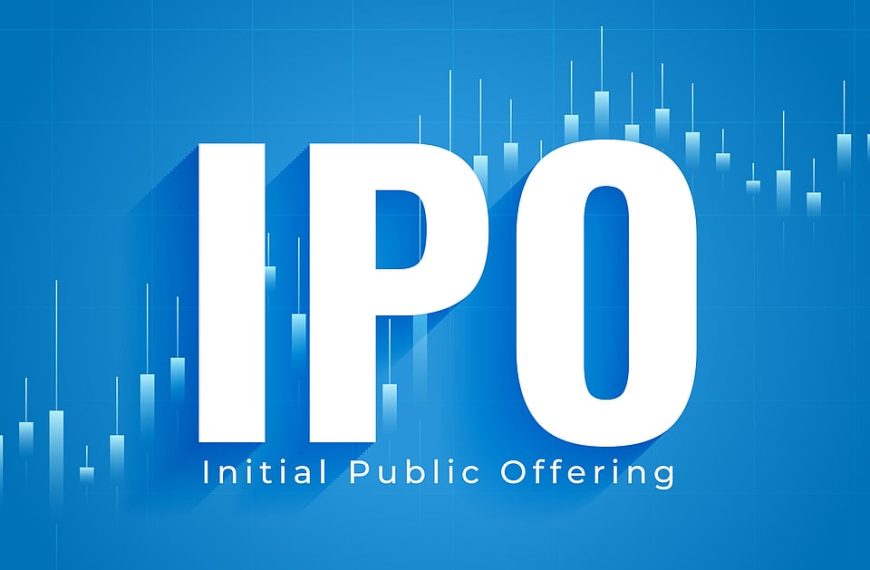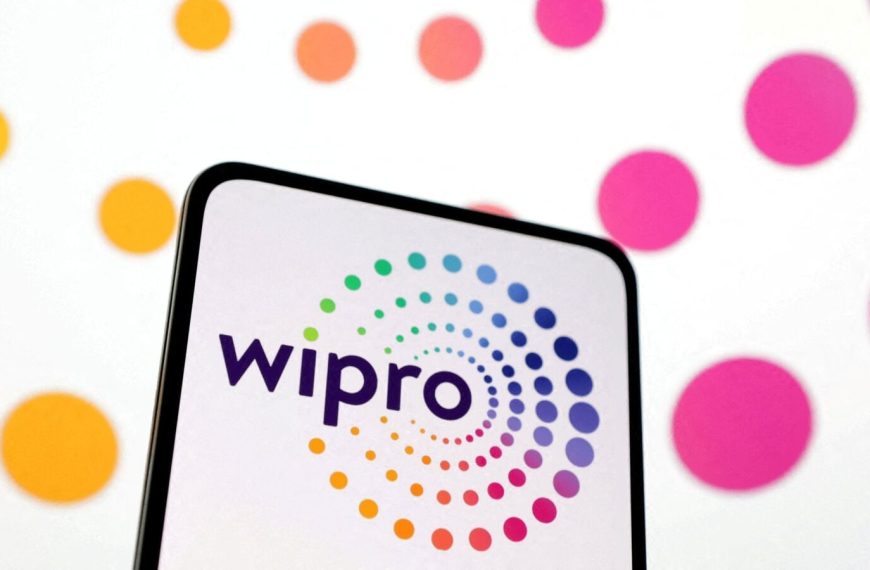Gold’s Ascendancy: A Beacon Amid Economic Turmoil
As the global economy grapples with uncertainty, gold shines brighter than ever, continuing its impressive upward trajectory. Since late 2022, the precious metal has been on a bullish path, largely driven by escalating geopolitical tensions and economic instability. This trend shows no signs of slowing down, particularly as we look toward 2025.
Factors Fueling Gold’s Price Surge
One major catalyst for gold’s ongoing price rise is the recent tariff announcement from former President Donald Trump, which has introduced significant uncertainty into the global markets. Concerns about a potential recession have escalated, particularly impacting the U.S. economy.
- Record Highs: Last week, gold prices soared to an unprecedented $3,245 per ounce, driven by heightened demand for safe-haven assets amidst increasing trade tensions between the U.S. and China.
- Year-to-Date Gains: In 2025, gold has already gained $600 per ounce, showcasing a remarkable increase from $2,623 at the start of the year to $3,223 by mid-April, representing a 23% rise over just over three months.
Gold Prices in India
In India, the market reflects similar trends. The price of 24-carat gold has risen to Rs 93,860, up 20.3% year-to-date from Rs 78,000 on January 1, 2025. This surge underscores gold’s status as a preferred investment during uncertain times.
The Safe-Haven Appeal of Gold
Gold has increasingly become the go-to asset for various market players:
- Central Banks: Many central banks are stockpiling gold.
- Investors: Both individual and institutional investors are flocking to gold as a safe-haven asset.
- ETFs: Global exchange-traded funds are seeing increased allocations toward gold.
Despite a strong upward trend, some analysts caution about potential profit-taking in the near term. However, the long-term outlook remains optimistic.
Impact of Tariff Developments
The situation surrounding Trump’s tariffs continues to play a crucial role in gold’s price dynamics. Although there were signs of easing trade tensions with an exemption on certain electronic imports from China, new tariffs on semiconductors and other goods announced recently have reignited fears about the administration’s trade policies.
- Tariff Increases: Trump previously increased tariffs on Chinese products to 145%, prompting retaliatory measures from China, which raised tariffs on U.S. imports to 125%.
Federal Reserve’s Role in Gold Prices
As we approach the upcoming meeting of the U.S. Federal Reserve, market watchers are keenly anticipating any dovish signals from Chairman Jerome Powell. A shift towards a more accommodative monetary policy could further boost gold’s appeal. Conversely, Powell’s firm stance on inflation could maintain high interest rates, posing challenges for gold prices.
The Recession Factor and Market Dynamics
In a recessionary climate, the demand for gold typically surges as investors seek stability. Additionally, any fluctuations in the bond market can drive more capital toward gold, reinforcing its status as a safe-haven asset.
The ongoing trade wars have made it clear that no nation truly benefits in the long run. The weakening U.S. dollar, evidenced by the U.S. Dollar Index dropping below 100, also plays into gold’s favor.
Expert Insights on Gold’s Future
Dr. Renisha Chainani, Head of Research at Augmont, emphasizes the increasing case for gold investments amidst rising tariffs, economic stagnation, and persistent geopolitical threats. "In this environment of rising tariff uncertainty, poorer growth, greater inflation, and persisting geopolitical threats, the case for increasing gold allocations has never been stronger."
While the current fundamentals may support gold prices at elevated levels, any shifts in the geopolitical or economic landscape could impact its trajectory for the remainder of 2025.
In conclusion, as gold continues to navigate through these unpredictable waters, its allure as a reliable investment seems more robust than ever.











